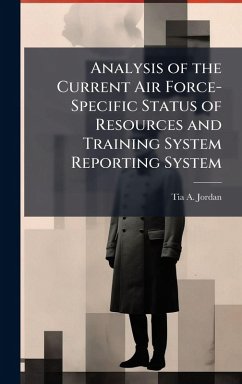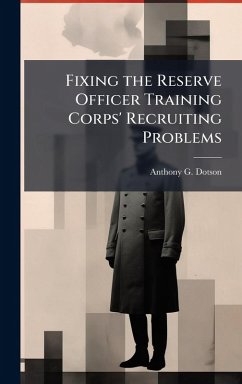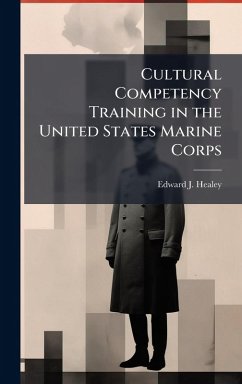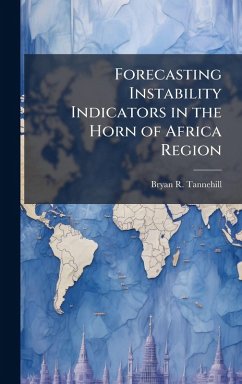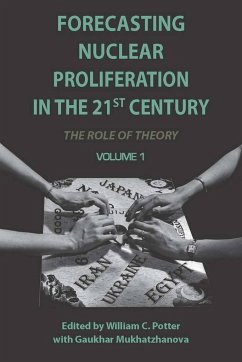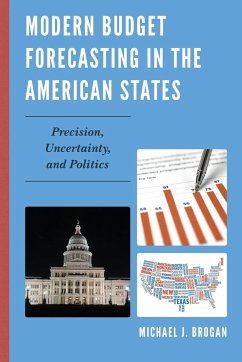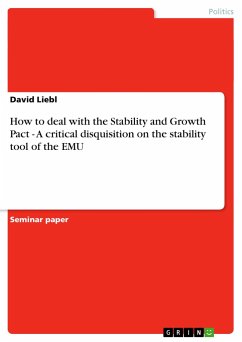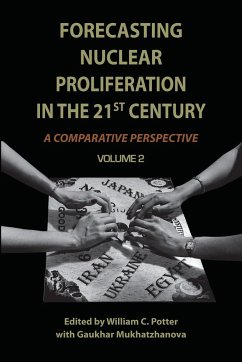
Converting the JNEM Training Aid to a Forecasting Tool
Versandkostenfrei!
Versandfertig in über 4 Wochen
27,99 €
inkl. MwSt.
Weitere Ausgaben:

PAYBACK Punkte
14 °P sammeln!
The Joint Non-Kinetic Effects Model (JNEM) is a computer based simulation for training Division and Corps Commanders and Staffs in a manner that accurately replicates the complexities of interacting with civilian populations. The model replicates many of the dynamics that can affect the 'mood' for a given population along four different axis: Safety, Autonomy, Quality of Life, and Culture. The model replicates the myriad interactions that occur between population groups, enemy groups, and Coalition forces. By paying attention to these dynamics, the training audience can gain considerable insig...
The Joint Non-Kinetic Effects Model (JNEM) is a computer based simulation for training Division and Corps Commanders and Staffs in a manner that accurately replicates the complexities of interacting with civilian populations. The model replicates many of the dynamics that can affect the 'mood' for a given population along four different axis: Safety, Autonomy, Quality of Life, and Culture. The model replicates the myriad interactions that occur between population groups, enemy groups, and Coalition forces. By paying attention to these dynamics, the training audience can gain considerable insight and enjoy a much richer training experience prior to employing those skills in real life situations. This monograph poses the question that if the model is considered accurate, such that inputs by the training audience generate accurate and reasonable outputs in the form of population reactions, then could the model be modified in order to serve as a forecasting tool for Campaign Designers. Similar to a weather model, which is updated on a daily basis, could JNEM take 'real-world' inputs and generate reasonably accurate forecasts for a population's mood? This would not be an effort to predict the actions of a particular individual, but an effort to give indications and warning that a particular area was headed for trouble. Beginning with an introduction to Chaos and Complexity theories, the monograph examines the JNEM model for the potential to convert it from a training aid to a forecasting tool. The monograph concludes that JNEM, while structurally sound, isn't suited as a forecasting tool for the following reasons: its use as a training aid, the use of implicit versus explicit assumptions regarding causation, the use of arbitrary values, the use (or lack thereof) of feedback to refine equations, and the concept of emergence. This work has been selected by scholars as being culturally important, and is part of the knowledge base of civilization as we know it. This work was reproduced from the original artifact, and remains as true to the original work as possible. Therefore, you will see the original copyright references, library stamps (as most of these works have been housed in our most important libraries around the world), and other notations in the work. This work is in the public domain in the United States of America, and possibly other nations. Within the United States, you may freely copy and distribute this work, as no entity (individual or corporate) has a copyright on the body of the work. As a reproduction of a historical artifact, this work may contain missing or blurred pages, poor pictures, errant marks, etc. Scholars believe, and we concur, that this work is important enough to be preserved, reproduced, and made generally available to the public. We appreciate your support of the preservation process, and thank you for being an important part of keeping this knowledge alive and relevant.



